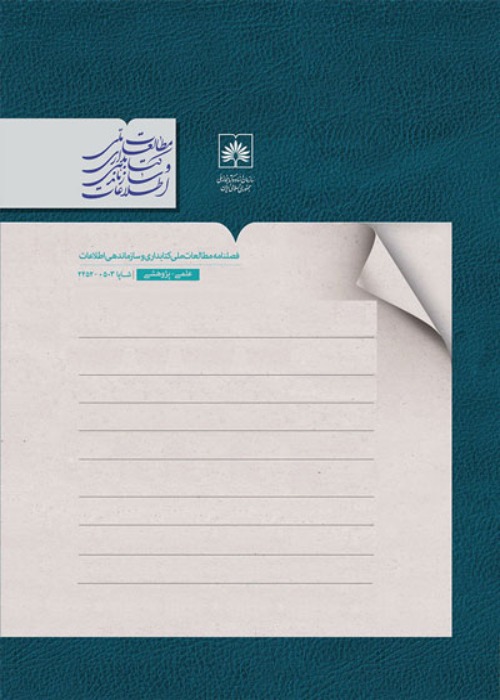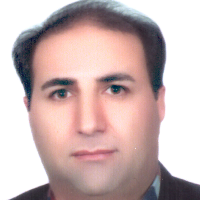Undergraduate Curriculum of Knowledge and Information Science in Need of Reconstruction
The purpose of this study is to reevaluate the new undergraduatecurriculum of Knowledge and Information Science (KIS) in Iran to determine the rate of content changes, consistency, and advantages and disadvantages.
Content and documentary analysis methods are used. The content of the curriculum approved in 2015 and previous LIS curricula are compared. A purposeful selected sample of 71 articles related to the education and curriculum development for KIS are analyzed.
The structure of the new curriculum is based on library science. The required courses consist of the 6 groups: 1) bibliography, 2) collection development, 3) information organization, 4) service delivery, 5) library building design and architecture, and 6) management basics. Due to the dispersion of courses we noticed, the program does not cover various aspects of library science. The wide spectrum of topics needed in current library education should be added to the developing curriculum and syllabuses in the areas of collection development and content production, organization of information and knowledge, service delivery, management, access and dissemination, and marketing of products and services. The output of such a curriculum is will not be an information scientist, but a librarian who is familiar with information technologies. The content shows that the new curriculum has a hybrid approach orientation, that is, a technological - market friendly - pragmatic approach based on library science. As to the rate of change, the new curriculum compared to previous ones, contains 80 credits of the undergraduate curriculum which was taught at the University of Tehran in 1970s, merged into 45 credits in the 2015 program. Also, compared to the 1996 curriculum, 27 new courses follow the same format. The 80 credits of specialized courses of 1996 curriculum are grouped into 57 credits in the 2015 curriculum. This has caused discrepancy between the title of the discipline (Knowledge and Information Science) and the content of the curriculum.
Reconstruction of the new curriculum is necessary. It is necessary to create a mechanism to ensure the quality of the curriculum as information ecosystem is changing. On the one hand, traditional library environment and its practices, such as cataloging and classification, face serious challenges. On the other hand, the Web has become the new library. Webology is the new specialization. This new environment requires a range of activities and services that calls for new knowledge and skills. We suggest that Iranian Library and Information Science Association (ILISA) reviews the curriculum.
- حق عضویت دریافتی صرف حمایت از نشریات عضو و نگهداری، تکمیل و توسعه مگیران میشود.
- پرداخت حق اشتراک و دانلود مقالات اجازه بازنشر آن در سایر رسانههای چاپی و دیجیتال را به کاربر نمیدهد.



